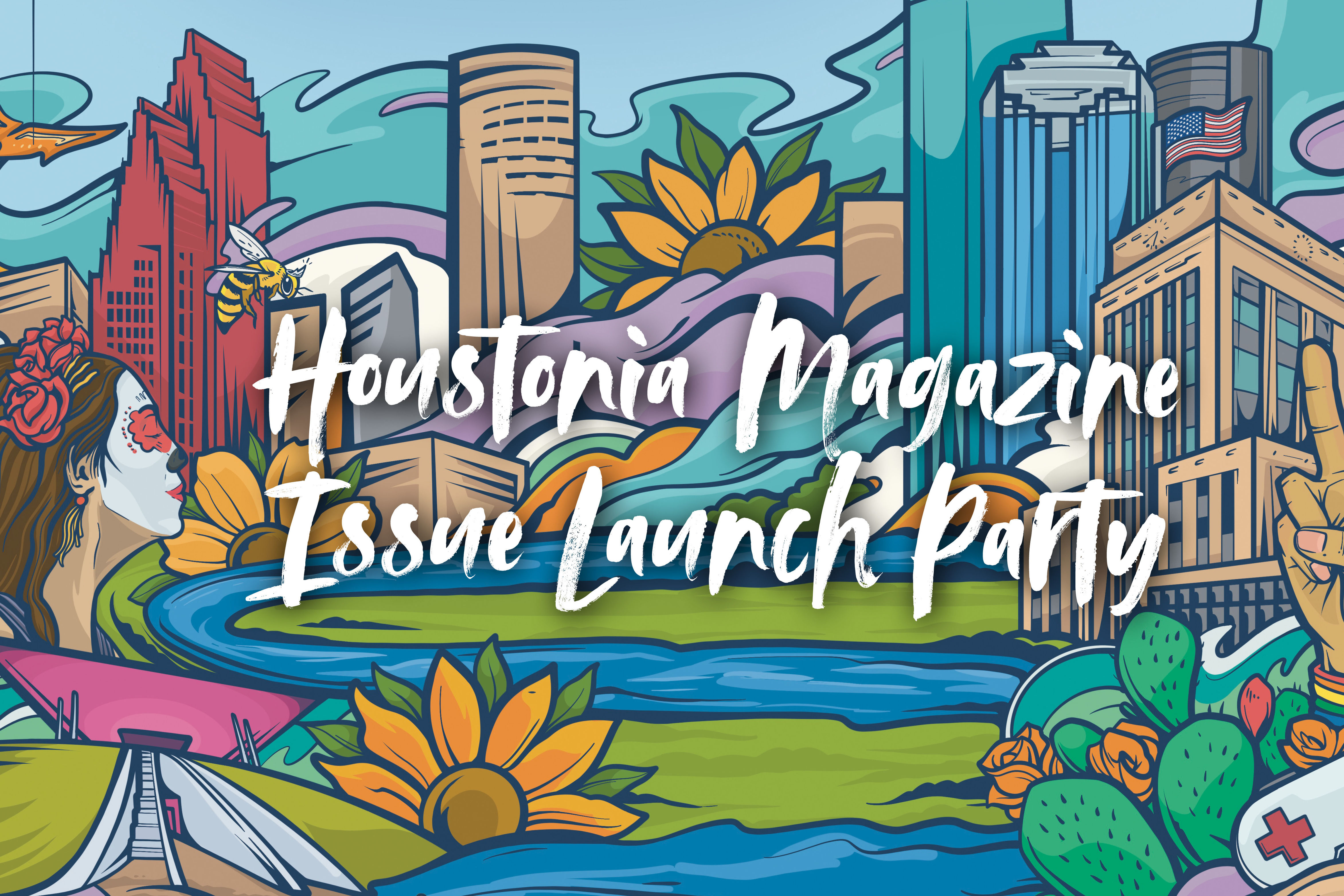Everything You Need to Know About Día de los Muertos
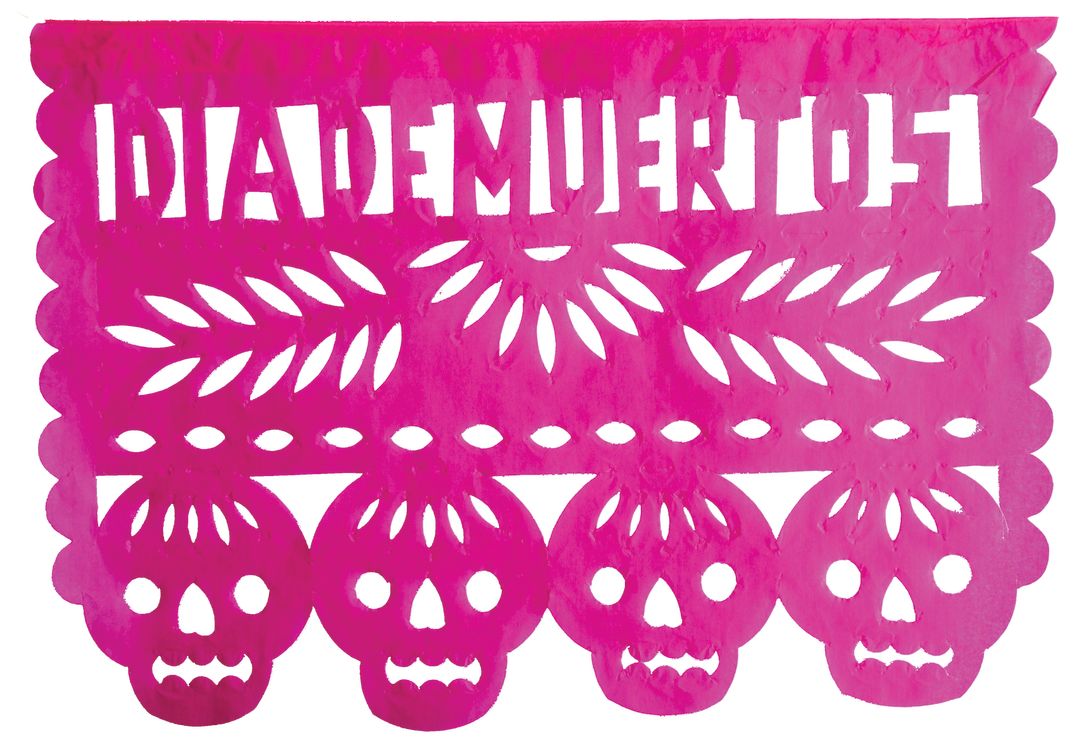
Image: Casa Ramirez
A Slice of History
There’s Halloween, and then there’s Día de los Muertos, also known as Day of the Dead. Completely separate from the American tradition, this holiday can be traced back to Mexican indigenous groups living some 3,000 years ago, who celebrated deceased family members and loved ones with a big party—and invited them to join in the festivities.
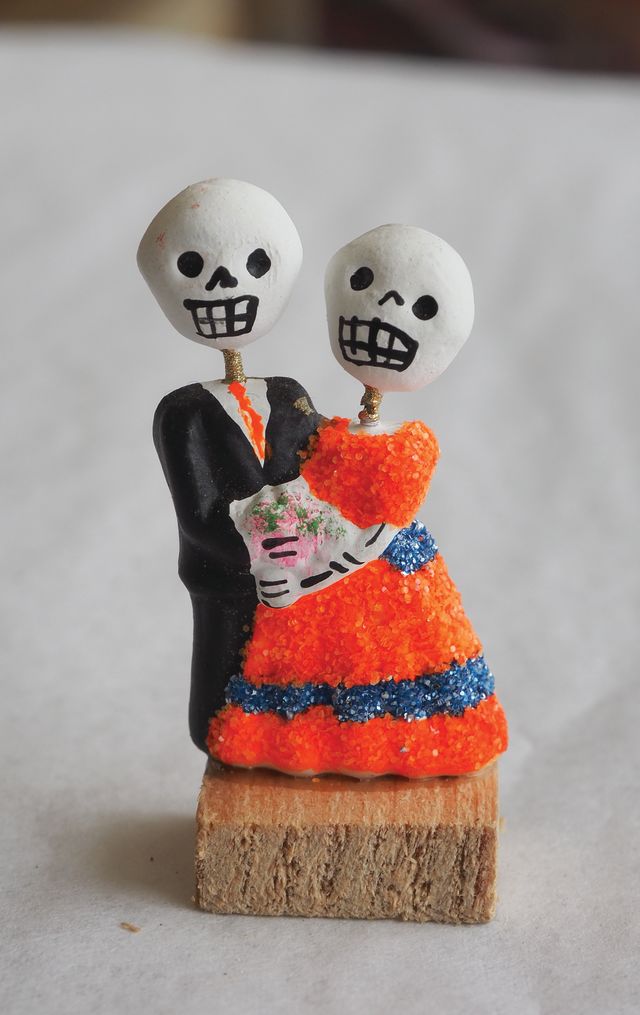
Image: Casa Ramirez
The holiday, which traditionally takes place November 1 and 2, coincides with the Catholic feast days of All Saints and All Souls Day. Today, it’s observed not only in Mexico, but elsewhere in Latin America, Europe and, you guessed it, Houston, with local events starting at the end of October.
Glossary
Retablo: an oil painting on tin that celebrates the lives of loved ones and commonly features imagery of skeletons and flowers
Ofrenda: an altar celebrating a loved one
Pan de muerto: literally “bread of the dead,” traditional Mexican pastries in multiple varieties
Calavera: a traditional sugar skull; sometimes edible, always decorative
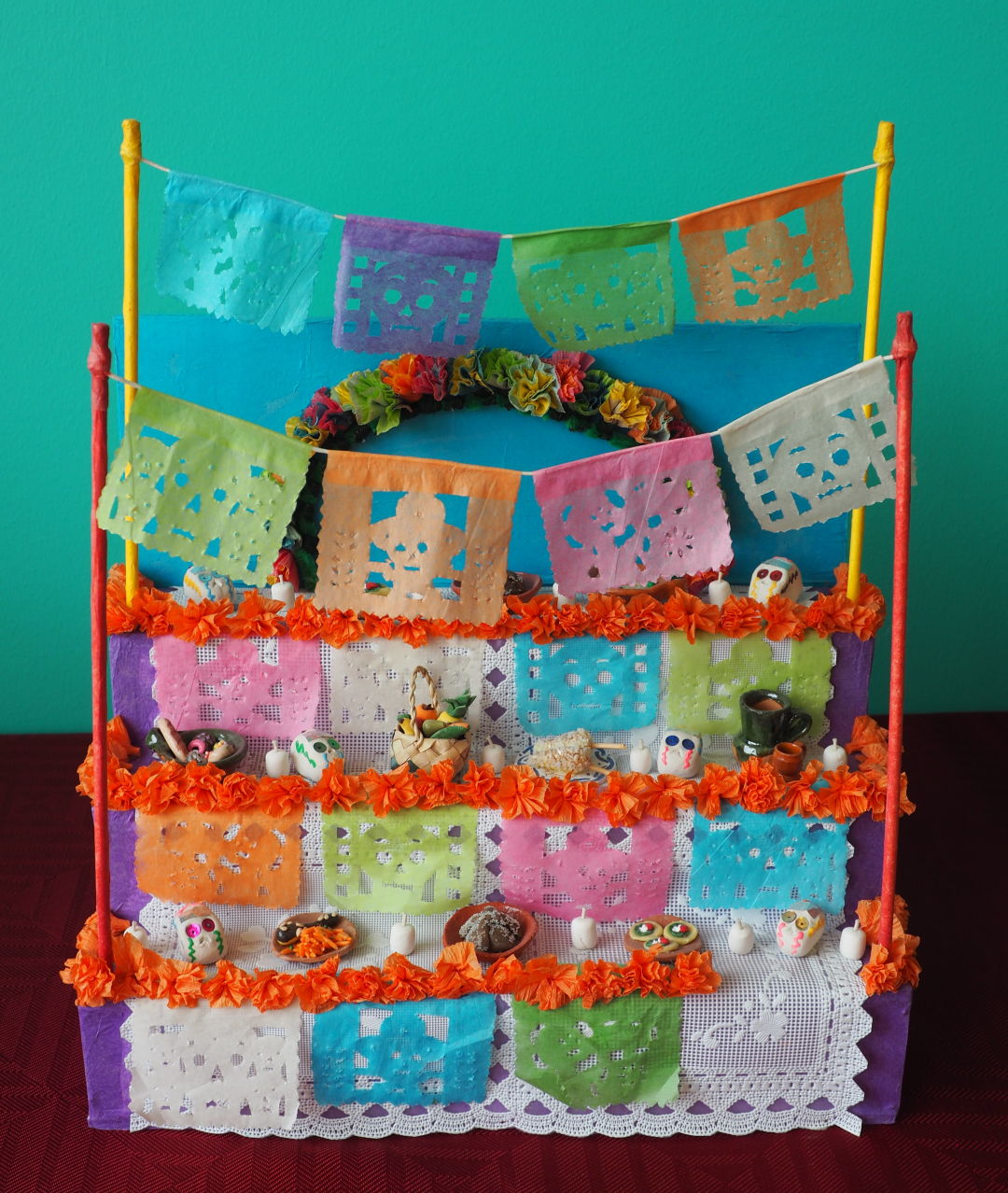
Papél Picado
Image: Casa Ramirez
8 Essential Items for an Ofrenda
- Incense: like an invitation to the dead, but in smoke form
- Food: spirits’ favorite meals, along with fruits, pan de muerto and mole, the better to attract them
- Candles: for fire, which also attracts spirits
- Marigolds: traditional orange flowers, scattered on the floor leading to an ofrenda, to help guide the deceased
- Papél picado: intricate paper banners symbolizing the north wind, which (you guessed it) carries spirits
- Water: for the deceased, who get thirsty during the long trip from heaven to earth
- Photos: another means to remember the dead
- Calaveras: featuring the names of the departed on the skull's foreheads, in case they still haven’t gotten the message
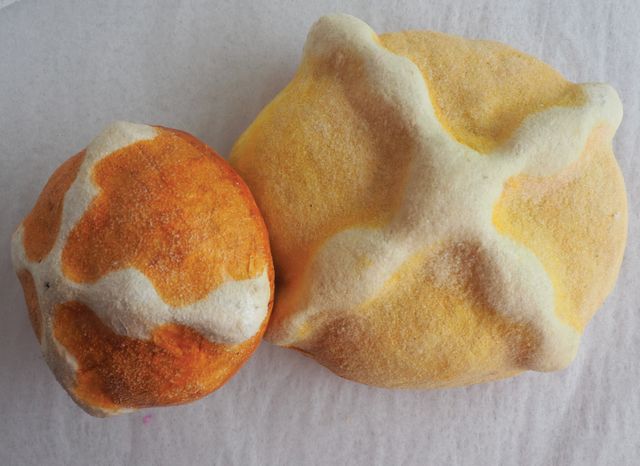
Image: Paul Naughton
Pass the Plate
Houston being Houston, you can order customary Día de los Muertos fare at many restaurants around town:
La Guadalupana Bakery and Café (713-522-2301) in Montrose offers special skull-and-bone-shaped pan de muerto.
Tamales Doña Tere serves a delicious champurrado, Mexican hot chocolate made of corn masa, which goes perfectly with tamales from St. John Fisher Church, available frozen, by the dozen.
Last but not least, get your mole at one the two locations of Mi Tienda grocery stores.
Three Questions for Stephanie Mitchell, Executive Director of the Lawndale Art Center
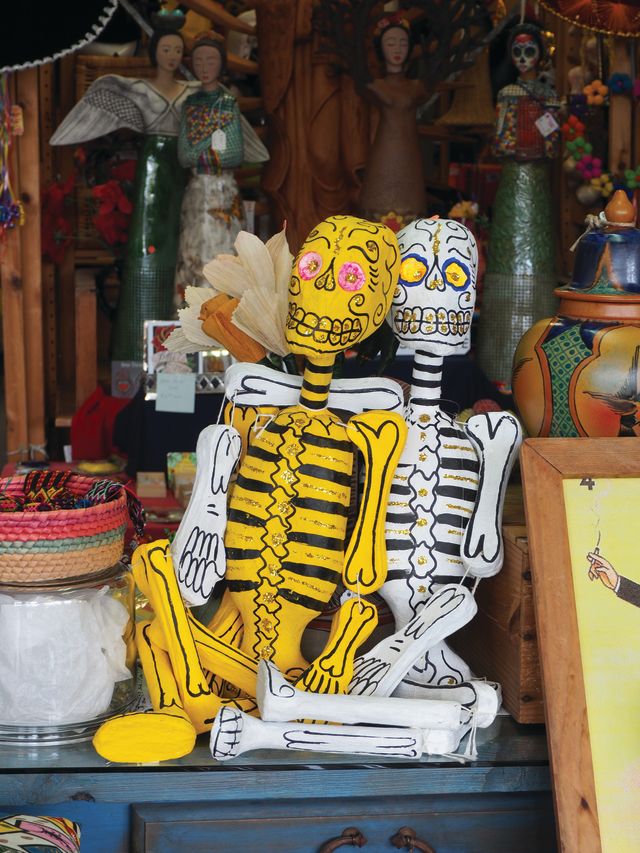
Image: Casa Ramirez
What materials can you use to make a retablo?
Tin is a traditional material used in the creation of retablos, but you can use paint, dried marigolds, or even epoxy to add more sculptural elements. Sometimes artists will include baby bird skulls, so there are organic materials integrated as well. It tends to be very painting-heavy, but clay and ceramic elements are also possible.
How did Lawndale’s retablo exhibit come about?
It started when we were in our original location in the East End. There was a lot of dialogue between Lawndale and the surrounding community, and there was a need and desire to showcase the cultural aspects of Día de los Muertos.
What does Día de Los Muertos mean to Houstonians?
We are a cultural melting pot here, so it’s a moment for us to all reflect on the lives of loved ones and engage as a community.
Where to Celebrate
Lawndale Art Center’s 29th Annual Día de los Muertos Show
October 27, 7–10 p.m.
Wear holiday-inspired attire to this annual party, featuring workshops, performances and student installations, plus retablos by 150 Texas-based artists. lawndaleartcenter.org
Casa Ramirez Folkart Gallery’s Día de los Muertos Procession
October 29, 5–8 p.m.
Hang a photo of a deceased loved one around your neck and take part in the gallery’s free procession, featuring Aztec dancers, live music, community-made ofrendas and plenty of pan de muerto. 713-880-2420
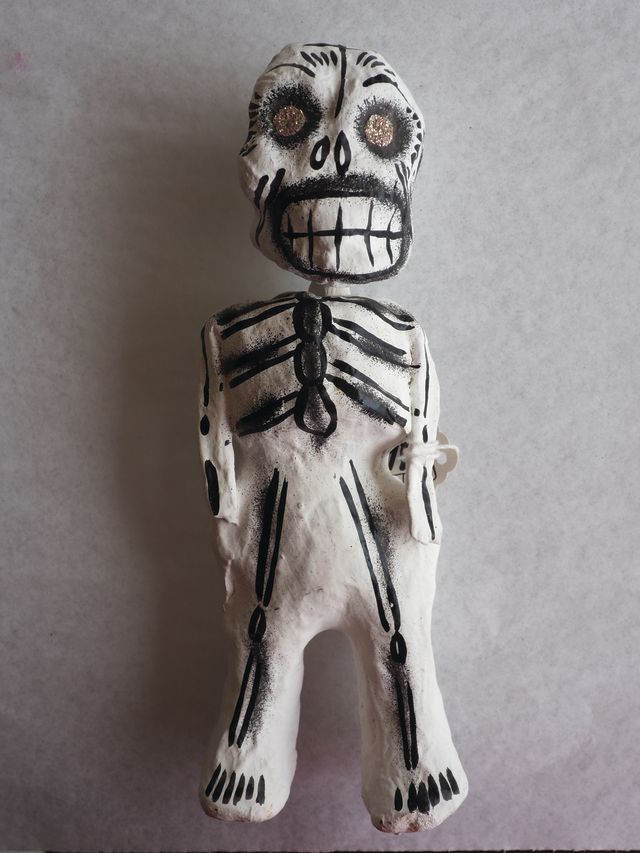
Image: Casa Ramirez
MECA’s Calavera Rendezvous
October 21, 7–11 p.m.
This mini gala includes a fashion show complete with models in calavera-inspired clothing, plus food, drink, a DJ, dancing and crafts. $40, presale; $50 at the door. MECA will also throw a big festival October 29 and 30. meca-houston.org
Día de los Muertos Fun Run
October 30, 8–10:30 a.m.
Run five miles through the historic Sixth Ward and Glenwood Cemetery, where you can tip your hat to Howard Hughes. $10, children; $40, adults. facebook.com/diadelosmuertosfunrun
National Museum of Funeral History Día de los Muertos Exhibit
November 5, noon to 5 p.m.
Explore renditions of traditional Mexican homes and graveyards decorated for the holiday plus altars by Houston artists and a community ofrenda. nmfh.org



